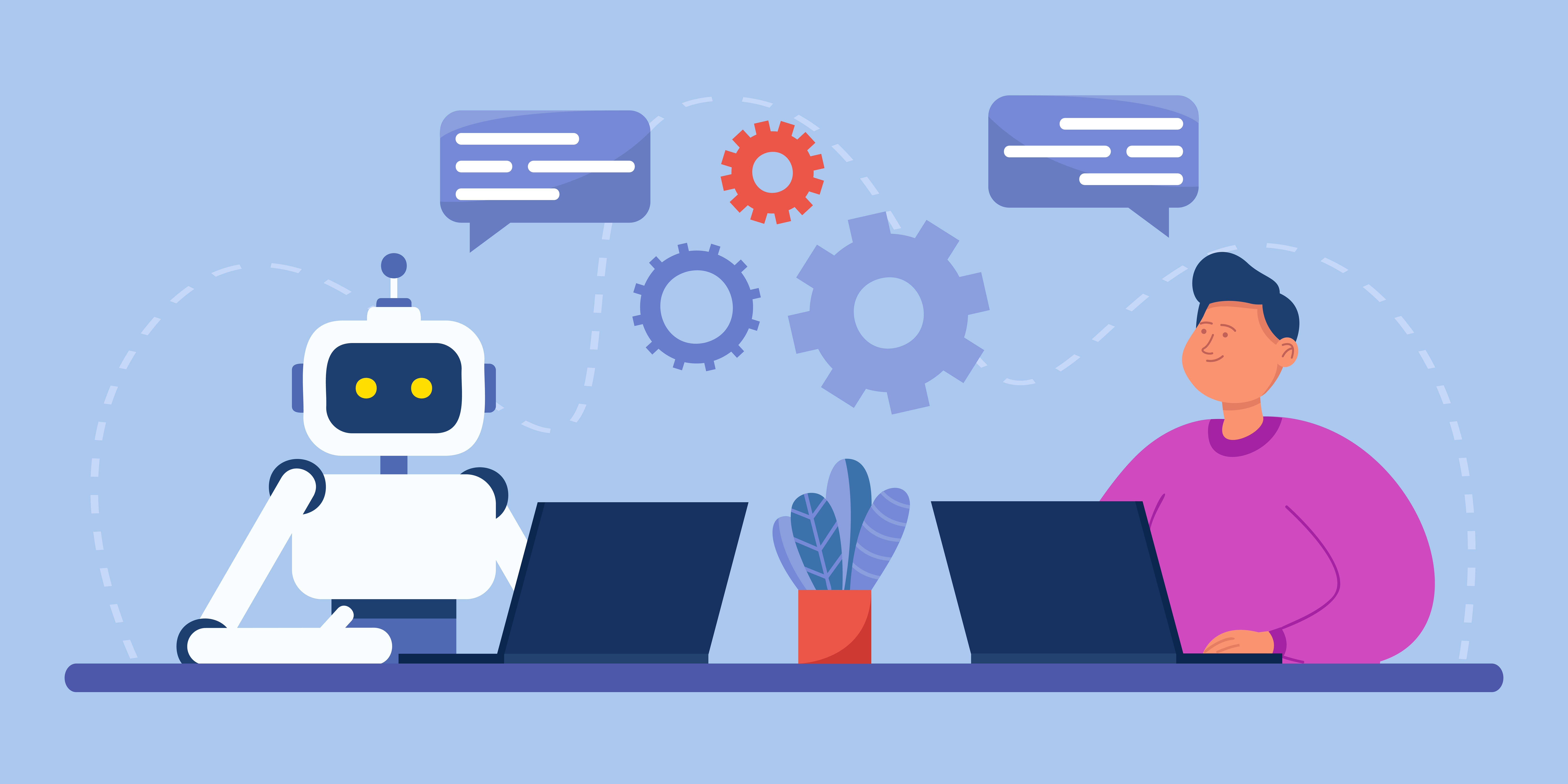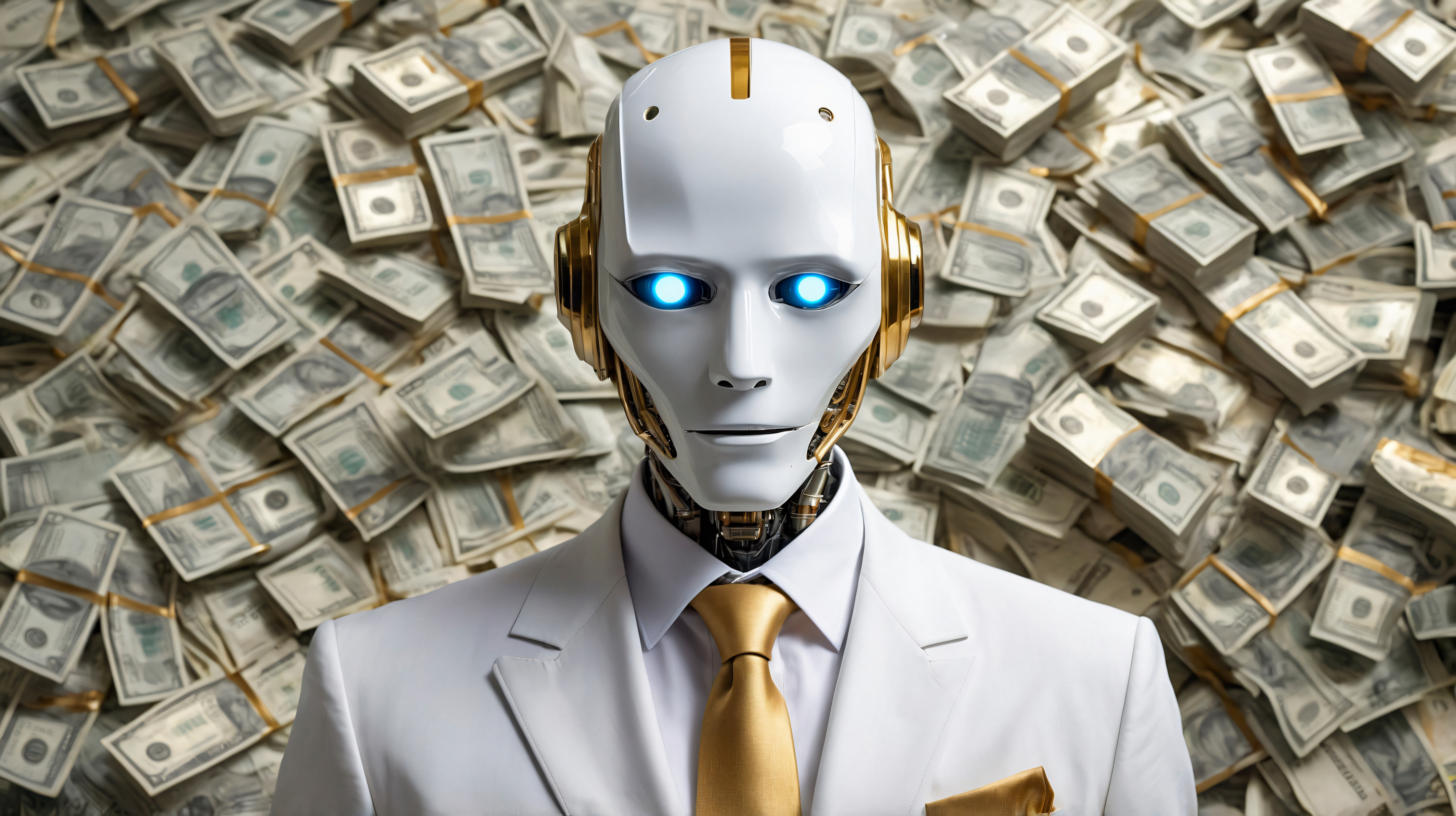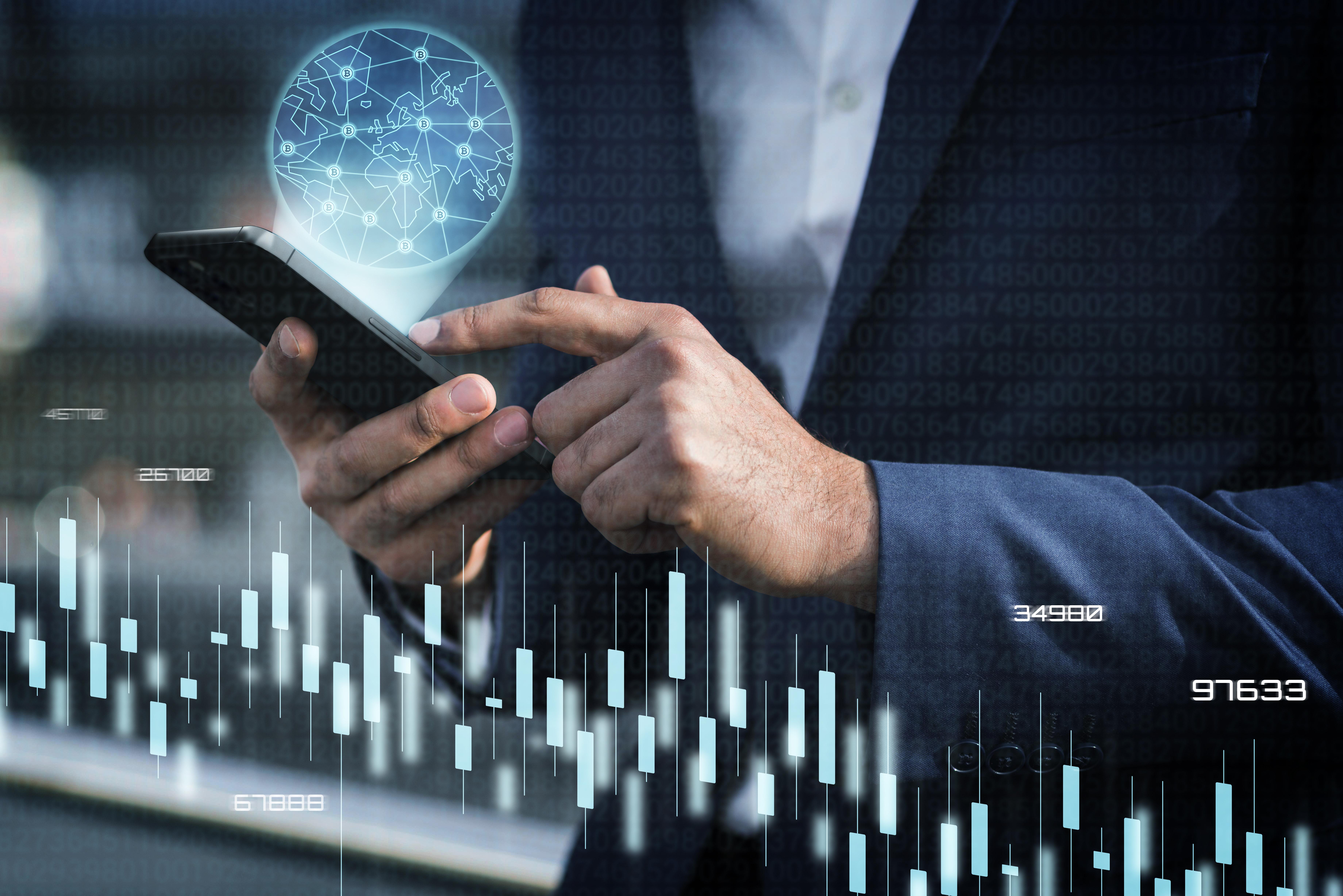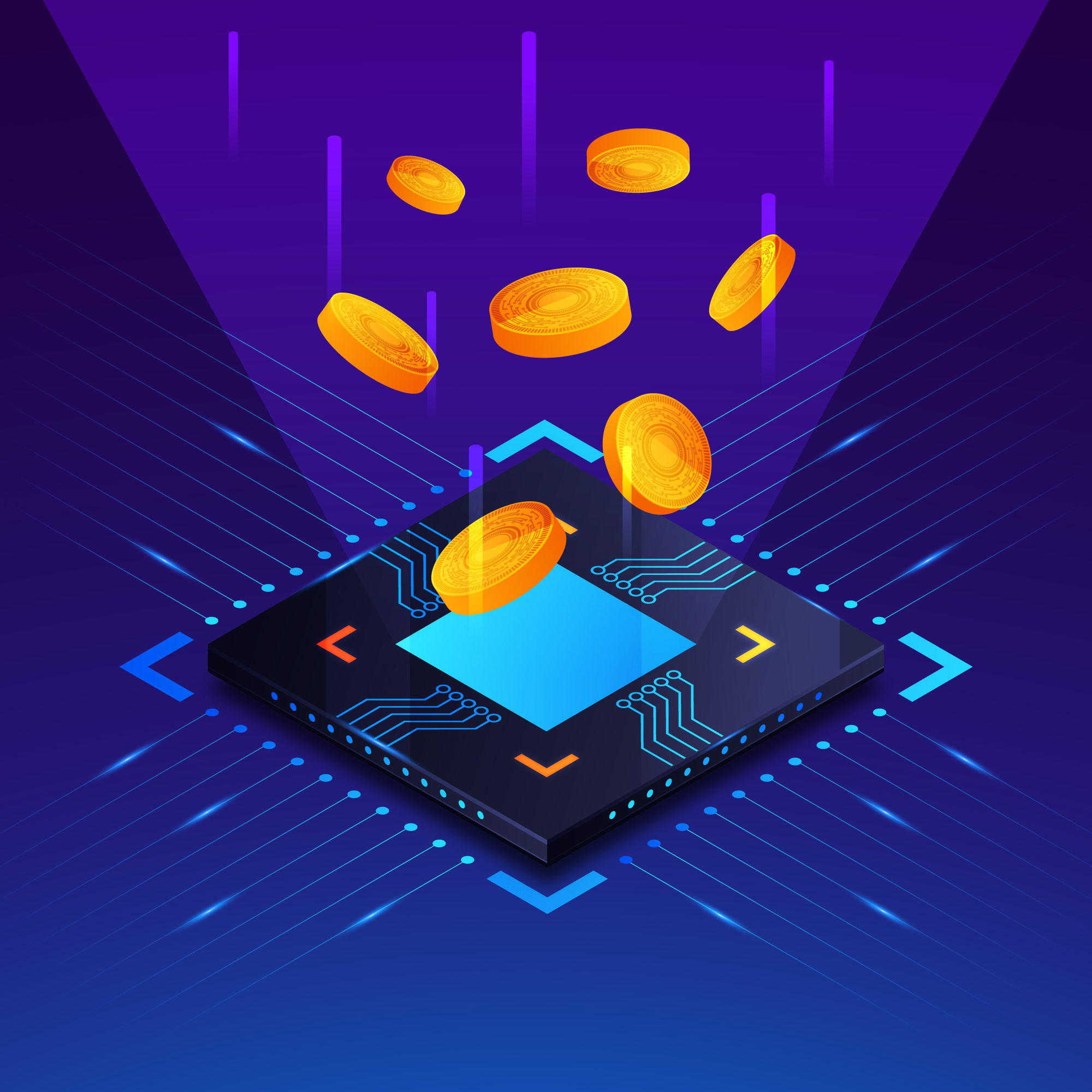Artificial Intelligence is revolutionizing every aspect of our lives, including cybersecurity. While AI helps businesses and individuals protect their data, it is also being weaponized by hackers. AI-powered cyberattacks are becoming more sophisticated, automating hacking processes and bypassing traditional security systems with ease. This raises an alarming question: In a world where AI is being used on both sides of the cyber battle, is our data truly safe?
The digital age has made information more accessible than ever, but it has also created new vulnerabilities. Traditional cyberattacks were primarily executed by human hackers, but AI has changed the game. AI-driven attacks are faster, harder to detect, and can adapt to security measures in real-time. As AI continues to evolve, so does the threat landscape.
How AI is Being Used for Hacking
Cybercriminals have found various ways to leverage AI for malicious activities. These AI-powered techniques make it easier for hackers to break into systems, steal sensitive data, and disrupt digital infrastructure.
Key AI-Driven Hacking Techniques
-
AI-Powered Phishing Attacks: AI generates personalized, highly convincing phishing emails that are almost indistinguishable from legitimate messages.
-
Deepfake Technology for Fraud: AI creates realistic fake videos and voice recordings to impersonate individuals and commit fraud.
-
Self-Learning Malware: AI-driven malware can analyze its environment and evolve to bypass security defenses.
-
AI-Assisted Brute Force Attacks: AI speeds up password-cracking by recognizing patterns and predicting weak credentials.
-
Automated Vulnerability Scanning: AI scans systems for weaknesses and automatically generates exploits to take advantage of them.

The Rise of Automated Cyberattacks
Unlike traditional hacking methods that require manual effort, AI allows cybercriminals to launch automated attacks at an unprecedented scale. These attacks are not only more efficient but also more difficult to trace.
Emerging AI-Based Threats
The following AI-powered cyber threats are becoming increasingly common:
-
Self-Learning Cyber Bots: AI-driven bots scan and attack networks without human intervention.
-
AI-Generated Malware: Advanced malware that evolves to counter security updates.
-
Smart Ransomware: AI prioritizes high-value files for encryption, maximizing damage.
-
Deepfake Identity Fraud: AI-generated media is used to bypass security systems.
-
Automated Phishing Attacks: AI crafts phishing emails tailored to individuals, increasing success rates.
How AI is Strengthening Cybersecurity
Despite the growing threats, AI is also playing a crucial role in strengthening cybersecurity. Companies and cybersecurity experts are deploying AI-powered tools to detect, analyze, and prevent cyberattacks in real-time.
AI’s Role in Cyber Defense
AI-driven cybersecurity solutions are helping organizations stay ahead of hackers. Some of the most effective AI-powered security techniques include:
-
Predictive Threat Analysis: AI detects suspicious activity and predicts potential cyber threats before they occur.
-
Behavior-Based Authentication: AI monitors user behavior to identify unauthorized access attempts.
-
AI-Powered Intrusion Detection Systems (IDS): AI analyzes network traffic patterns to detect anomalies.
-
Automated Incident Response: AI-driven security systems react instantly to cyberattacks, minimizing damage.
-
Machine Learning Firewalls: AI improves firewall efficiency by learning from past attacks and adapting security rules accordingly.
How to Protect Yourself from AI-Driven Cyber Threats
While organizations are adopting AI-powered cybersecurity measures, individuals must also take proactive steps to protect their personal data. Cybercriminals are targeting not just corporations but also individuals through AI-driven scams and identity theft.
Essential Security Practices:
-
Enable Multi-Factor Authentication (MFA): Adds an extra layer of security beyond passwords.
-
Use Strong, Unique Passwords: A password manager can help generate and store secure passwords.
-
Be Cautious with Emails & Messages: Avoid clicking links in unsolicited emails or messages.
-
Regularly Update Software & Security Patches: Keep your system up to date to prevent exploits.
-
Invest in AI-Powered Security Software: Modern security tools use AI to detect and prevent threats in real-time.
-
Monitor Online Activity & Financial Transactions: Regularly check for unauthorized transactions or login attempts.
-
Use Encrypted Communications: Secure your sensitive conversations with end-to-end encryption tools.
Table: AI in Cybersecurity – Friend or Foe?
| Aspect | AI-Driven Threats | AI-Powered Defenses |
|---|---|---|
| Phishing & Scams | AI creates highly convincing fake messages | AI detects and blocks phishing emails |
| Deepfake Fraud | AI-generated voices and videos for scams | AI-based authentication detects fakes |
| Evolving Malware | Self-learning malware bypasses security | AI-powered antivirus detects threats |
| Automated Hacking | AI exploits vulnerabilities in systems | AI detects unusual activity in real-time |
| Smart Ransomware | AI selects and encrypts valuable files | AI blocks ransomware before execution |
| Password Cracking | AI speeds up brute-force attacks | AI generates and manages strong passwords |
The Future of AI and Cybersecurity
The future of cybersecurity will be defined by the ongoing battle between AI-driven hackers and AI-powered security solutions. As AI technology advances, both threats and defenses will become more sophisticated. Some key trends to watch for include:
-
Quantum Cryptography: Future encryption technology that could make AI-driven cyberattacks obsolete.
-
AI vs AI Cybersecurity: AI-powered defense systems that counter AI-generated threats in real-time.
-
Biometric & Behavioral Security: Advanced authentication methods beyond traditional passwords.
-
Automated AI Threat Intelligence: AI analyzing global cyber threats and predicting attacks before they happen.
Conclusion
Artificial Intelligence is reshaping cybersecurity, creating both immense risks and powerful solutions. While AI-powered hacking tools make cyberattacks more dangerous and difficult to detect, AI-driven security systems offer new ways to combat digital threats. As cybercriminals continue to evolve, staying informed and adopting advanced security measures is essential.
Cybersecurity is no longer just about firewalls and antivirus software—it’s about using AI to fight AI. The question remains: As AI hackers become smarter, are we prepared to stay one step ahead?
 Top Technology Trends 2025 – What’s Trending in Technology
Top Technology Trends 2025 – What’s Trending in Technology  Big Beautiful Bill: A New Tax Break for Social Security?
Big Beautiful Bill: A New Tax Break for Social Security?  iOS 26: Release Date, Supported iPhones, Beta, and Rumors
iOS 26: Release Date, Supported iPhones, Beta, and Rumors  Home Decor & Interior Design Ideas for a Beautiful 2025 Home
Home Decor & Interior Design Ideas for a Beautiful 2025 Home  Amazon Tariffs 2025: Tariff Cost Display Announcement & Political Insights
Amazon Tariffs 2025: Tariff Cost Display Announcement & Political Insights  Capital Summertime Ball 2025: The Ultimate Music Event of the Year
Capital Summertime Ball 2025: The Ultimate Music Event of the Year 





